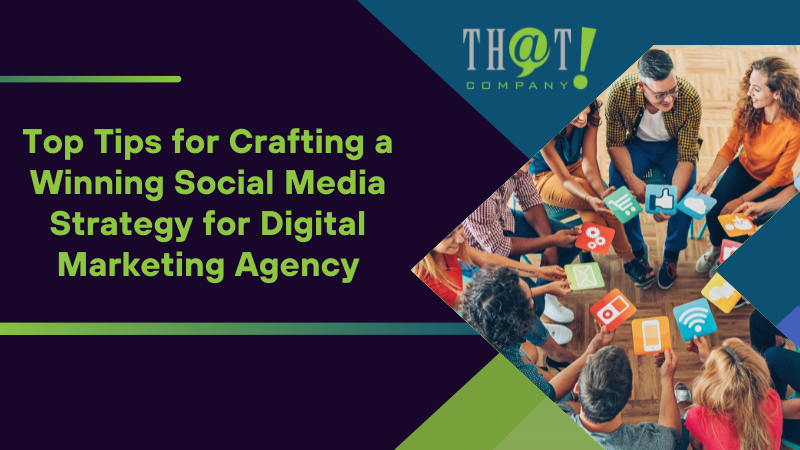
Want to boost your digital marketing agency’s online presence? This article breaks down how to create a social media strategy for digital marketing agency that works. You’ll learn about choosing the right platforms, setting clear goals, and engaging your audience. Let’s get started.
Key Takeaways
- Choosing the right social media channels is essential; each platform has unique strengths that can align with your content and goals.
- Setting clear goals and tracking relevant KPIs using the SMART criteria ensures your social media strategy is focused and measurable.
- Engaging with your target audience through real-time interactions and personalized content builds stronger relationships and enhances brand loyalty.

Choose the Right Social Media Channels
Selecting the appropriate social media channels is fundamental to a successful strategy. Understanding which platforms align with your goals and content is crucial. Each social media platform has its unique strengths and caters to different demographics and content types. Instagram targets younger audiences, with 67% of US adults aged 18-29 primarily using the platform. It’s perfect for visually-driven content, making it ideal for brands that rely on images and short videos.
Pinterest, on the other hand, is excellent for businesses aiming to drive traffic through visually appealing content. It’s particularly effective for industries like home decor, fashion, and food, where images can captivate and inspire users. YouTube, with over 2.5 billion active users, is a powerhouse for video content, offering vast opportunities for brands to engage audiences through tutorials, reviews, and more. Recognizing these nuances helps craft a strategy that leverages each platform’s strengths.
Moreover, tools like Instagram Shopping facilitate in-app purchases, enhancing brand promotion capabilities and making it easier for users to buy products directly from the app. This integration is invaluable for e-commerce brands looking to streamline the customer journey. Choosing social media channels involves understanding where your content will thrive and how it fits into your overall marketing strategy.
In conclusion, the selection of social media channels should be a thoughtful process guided by your social media strategy for digital marketing agency, social media goals, content type, and audience preferences. A well-planned mix of platforms can amplify your social media presence and drive your marketing efforts toward desired outcomes.
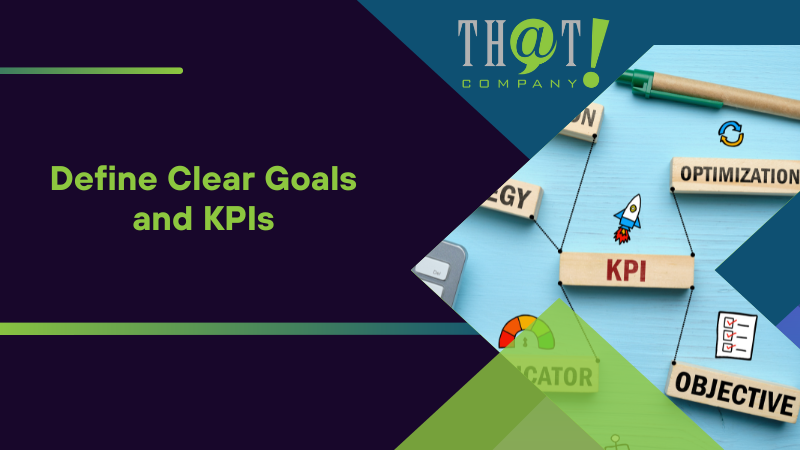
Define Clear Goals and KPIs
Clear goals and KPIs are crucial for any social media strategy’s success. Social media goals need to follow the SMART criteria. They should be specific, measurable, achievable, relevant, and time-bound. This approach ensures that your goals are not only clear but also aligned with your broader business objectives. For example, if your business objective is to enhance brand awareness, your social media goal could be to reach a specific percentage increase in followers or engagement over a designated period.
Tracking key performance indicators (KPIs) tailored to your specific business goals is essential. Commonly tracked metrics include engagement levels, lead conversion rates, and sales revenue generated from social media efforts. Focusing on a few critical KPIs rather than many metrics can help you gauge success more effectively. For instance, if your goal is to boost brand awareness, prioritizing metrics such as reach and impressions may be more relevant.
Additionally, metrics like customer loyalty can be measured through positive interactions and repeat purchases, providing insight into how well your social media efforts are fostering long-term relationships. Earned media value (EMV) is another valuable metric, quantifying the impact of social media interactions in monetary terms.
Setting clear goals and KPIs helps create a focused strategy that drives tangible results.

Understand Your Target Audience
Understanding your target audience is the key to creating an effective social media strategy for digital marketing agency that resonates with users. Knowing who your audience is and what they care about allows you to tailor your content and messaging to meet their needs and preferences. Analyzing market trends, consumer behaviors, and competitor strategies helps define and refine your target audience.
Analytics tools offer insights into where your audience is most active and what content they engage with. Social media analytics reveal audience behaviors and preferences, aiding in crafting an effective strategy. Social listening tools can further enhance your understanding by tracking audience conversations and identifying their needs and pain points.
Gathering direct insights from your followers is another effective method. Asking your audience about their preferences can provide real-time feedback and help you create personalized content that fosters positive word-of-mouth marketing. Understanding the influencers and sources of information your audience trusts can also enhance your messaging strategies.
Understanding your target audience helps create a strategy that drives engagement and achieves marketing goals.

Create Engaging and High-Quality Content
Engaging, high-quality content is the lifeblood of any social media strategy. Visual content, such as high-quality images and videos, significantly boosts engagement, attracting more clicks and shares. Consistency in your content is crucial for establishing expectations and keeping your brand on track. Utilizing white label marketing services can help ensure a steady flow of professional, branded content that maintains a consistent voice, resonates with your audience, and humanizes your brand.
Interactive elements like questions, competitions, and behind-the-scenes content can significantly increase engagement. Optimal post timing is also essential for maximizing audience engagement and ensuring your content reaches viewers when they are most active. Creating fresh, up-to-date content based on customer needs keeps your audience engaged and coming back for more.
A well-thought-out content strategy should reflect your mission statement and be aligned with your social media marketing strategy goals. Focusing on engaging, high-quality content enhances your social media presence and drives marketing success.

Key Benefits of Using That! Company’s White Label Social Media Marketing
That! Company’s white label social media marketing services offer several key benefits that can significantly enhance your agency’s offerings. These services allow for customization and branding, enabling businesses to create a distinctive and cohesive online identity. Customization fosters trust and loyalty by offering better data privacy and user control.
Transitioning to white label solutions can streamline client engagement, making interactions more efficient and personalized. This improved engagement can lead to better monetization opportunities, such as implementing paid membership models.
Additionally, white label social media services play a crucial role in a successful social media strategy for digital marketing agency, helping attract new leads through effective marketing strategies like SEO and targeted content campaigns. Leveraging That! Company’s expertise and managed services allows your agency to deliver exceptional results while maintaining your brand’s integrity, especially when collaborating with social media marketing agencies.

Leverage Influencer Marketing
Influencer marketing is a powerful tool for brands looking to create authentic content that resonates with their target audience. Collaborating with influencers allows brands to tap into their followers’ trust and loyalty, creating content that feels genuine and relatable. Interestingly, 53% of consumers look for alignment with personal values in influencer-brand collaborations, making authenticity a crucial factor.
Micro-influencers, often with smaller but highly engaged followings, can be a cost-effective choice with higher engagement rates compared to those with larger audiences. However, it’s essential to ensure transparency in these partnerships, with influencers disclosing their relationships with brands to maintain trust with their audience.
An influencer campaign requires clear objectives, a budget, and a content strategy that engages influencers and their followers. Influencer marketing enhances social media presence and drives meaningful engagement with the target audience.

Utilize User-Generated Content (UGC)
User-generated content (UGC) serves as a powerful tool for fostering authenticity and trust with your audience. User-generated content is often seen as more trustworthy than traditional advertising. Engaging with UGC can lead to increased customer loyalty and a stronger sense of community.
Brands can collect UGC through social media campaigns, contests, and direct requests for submissions. Curating and repurposing existing content can help maintain audience engagement without the need to create everything from scratch. However, it’s important to consider legal aspects, particularly regarding copyright and privacy rights, when using UGC.
Incorporating UGC enhances brand credibility and fosters a deeper connection with the audience. By showcasing real customer experiences and interactions, you can create a more relatable and engaging brand presence.

Implement Social Listening and Monitoring
Social listening and monitoring are crucial for a successful social media strategy. Social listening involves monitoring competitors and audience conversations to inform your strategy. Understanding customer sentiment helps tailor messaging to meet their needs better.
Using specific social listening tools can facilitate the analysis of vast amounts of social data, yielding valuable insights quickly. Tools like Avario are effective for tracking audience conversations and managing social media monitoring. Monitoring your competition effectively involves searching for competitor names, handles, and related keywords on social media.
Implementing social listening and monitoring allows brands to identify industry trends, learn from competitors, and engage more effectively. This proactive approach maintains a strong social media presence and keeps marketing strategies relevant.

Engage with Your Audience in Real-Time
Real-time engagement fosters immediacy and connection with your followers. Real-time engagement makes your audience feel valued and heard, enhancing your brand’s reputation and encouraging repeat purchases. Responding promptly to customer queries and comments is a key aspect of managing and engaging a social media community.
Highlighting employees and customers through social media posts helps personalize your brand and foster stronger connections. Dedicated customer care channels on social media can streamline responses and significantly improve response times, providing a better overall customer support experience.
Real-time engagement builds stronger relationships, enhances customer satisfaction, and drives long-term loyalty.

Incorporate Email Promotion
Incorporating email promotion into your social media strategy can significantly enhance your social media visibility. Email marketing allows you to cross-promote your social media accounts within email campaigns, attracting new followers and increasing engagement. Offering exclusive promotions in newsletters can incentivize sign-ups and encourage social media engagement.
Embedding social media feeds in emails can entice subscribers to follow your accounts. Including social media icons in your emails can increase awareness and followers across platforms. Additionally, emails can be utilized to highlight past social media successes, prompting users to engage with future content.
Integrating email promotion with social media creates a cohesive approach to increasing brand visibility and engagement across channels.

Post Case Studies and Success Stories
Posting case studies and success stories demonstrates expertise and attracts potential clients. Case studies often reveal how brands turn customer engagement into business impact, showcasing the real ROI of your social media strategies. The best case studies go beyond mere metrics, narrating the journey, challenges faced, and strategies implemented.
A compelling case study should include client wins, data, visual content, pain points, strategies used, and results. Visual content can significantly enhance the impact of your case studies, making them more engaging and easier to understand.
Sharing case studies builds credibility, attracts new clients, and highlights your campaign’s effectiveness. This approach not only showcases your expertise but also provides potential clients with real-world examples of your marketing success.

Retarget Lost Prospects
Retargeting lost prospects maximizes the effectiveness of your marketing efforts. Pixel-based retargeting allows businesses to target ads based on specific user actions on their websites, making it a cost-effective way to re-engage previous visitors. Engaging potential customers requires an average of seven interactions before they may convert.
A/B testing different versions of retargeting ads can significantly enhance conversion rates. Diversifying retargeting ad content with videos and interactive elements can lead to better engagement and conversion. Tailoring retargeting ads to user interests can significantly improve click-through rates and conversions.
Effective retargeting increases the chances of converting previous visitors into customers, driving more leads and sales.

Provide Exceptional Customer Care
Exceptional customer care through social media increases brand awareness and fosters a positive company culture. With 80% of millennials preferring social media for customer service, brands must prioritize responsiveness and engagement on these platforms. Social media interactions for customer service typically cost much less than traditional contact center calls, making it a cost-effective solution.
Effective social listening can enhance brand reputation by providing real-time feedback on customer sentiment. This allows brands to address inquiries through various channels, enhancing the customer support experience and building stronger relationships with their audience. Utilizing sentiment analysis technology can aid customer service teams in managing social media interactions more effectively.
Prioritizing exceptional customer care on social media creates an engaging and supportive environment, driving loyalty and satisfaction.

Optimize with Advanced Analytics
Advanced analytics are essential for tracking performance and refining your social media strategy. UTM parameters can be used to track social visitors’ website navigation, providing valuable insights into your social media campaign’s effectiveness. Regularly re-evaluating and testing techniques based on incoming data can significantly improve your social media marketing performance.
Monitoring your growth on social media channels at least once a week allows for small adjustments rather than major overhauls, ensuring continuous optimization. That! Company leverages advanced analytics to track performance, refine strategies, and ensure social media campaigns are optimized for the best return on investment, utilizing social media insights.
Adopting a data-driven approach with advanced analytics provides deeper insights and informs decisions to enhance your strategy.

Summary
Crafting a winning social media strategy for digital marketing agency involves a multifaceted approach, from selecting the right platforms and setting clear goals to understanding your audience and creating engaging content. Integrating white label branding solutions can further strengthen your agency’s presence, allowing you to offer seamless, high-quality marketing services under your own brand. Leveraging the expertise of That! Company and utilizing advanced analytics can enhance your efforts, ensuring your social media campaigns drive meaningful results. By implementing these strategies, you can elevate your social media presence, foster stronger connections with your audience, and achieve your broader business objectives. Remember, a successful social media strategy for digital marketing agency is not static; it requires continuous optimization and adaptation to stay ahead in the ever-evolving digital landscape.

Frequently Asked Questions
What is white label social media marketing?
White label social media marketing lets you offer social media services under your own brand while using a third-party provider’s expertise. It’s a great way to enhance your service offerings without starting from scratch!
How can I choose the right social media channels for my strategy?
To choose the right social media channels, start by identifying your goals and content type, then focus on where your target audience spends their time. This will help you connect effectively and maximize your strategy’s impact.
What are some key metrics to track for social media success?
To gauge social media success, focus on engagement levels and conversion rates. These metrics give you clear insights into how well your audience is interacting and turning into customers.
How can user-generated content benefit my social media strategy?
User-generated content can really boost your social media strategy by building trust and loyalty while creating a vibrant community around your brand. Plus, it’s a great way to engage your audience through campaigns and contests!
What tools can help with social listening and monitoring?
Avario is a great tool for tracking audience conversations and managing social media monitoring. It can give you valuable insights into your audience’s behaviors and preferences.










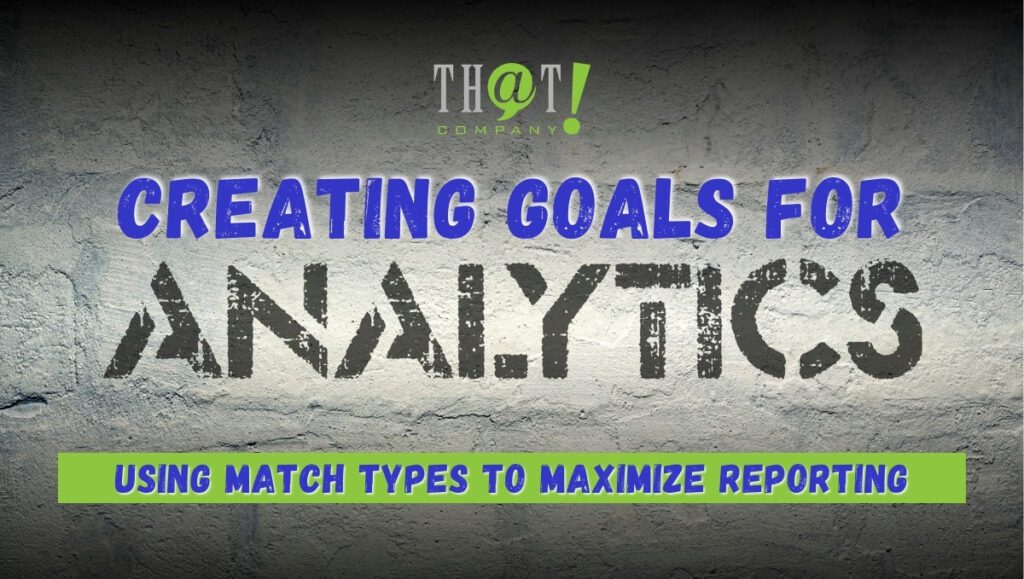

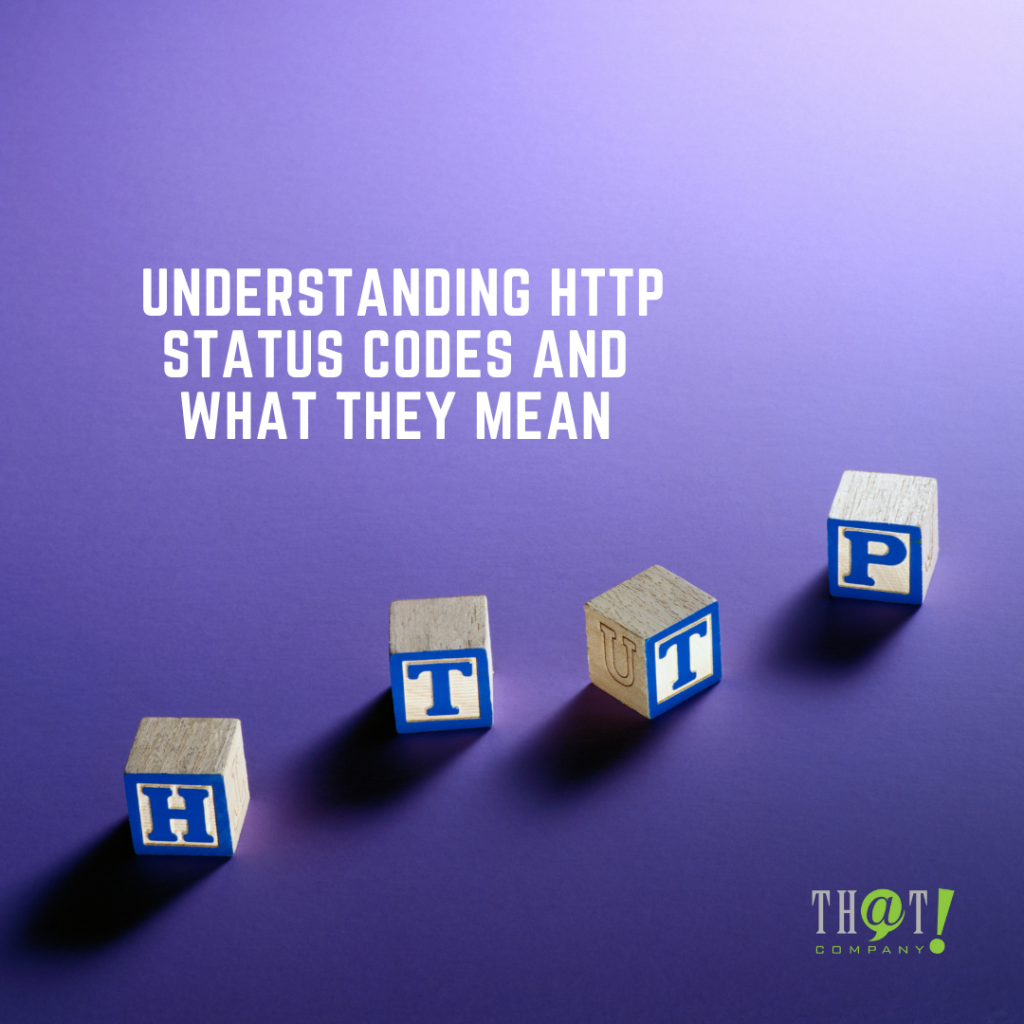







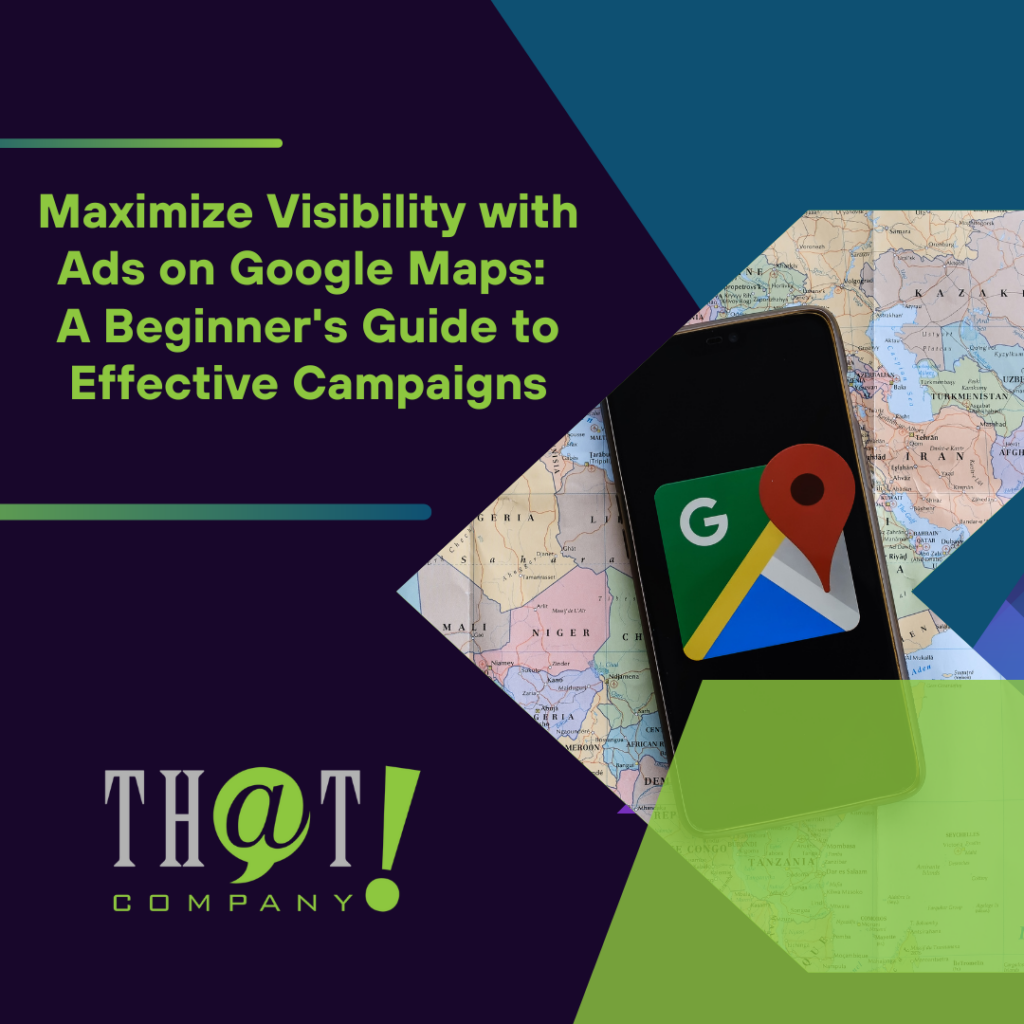
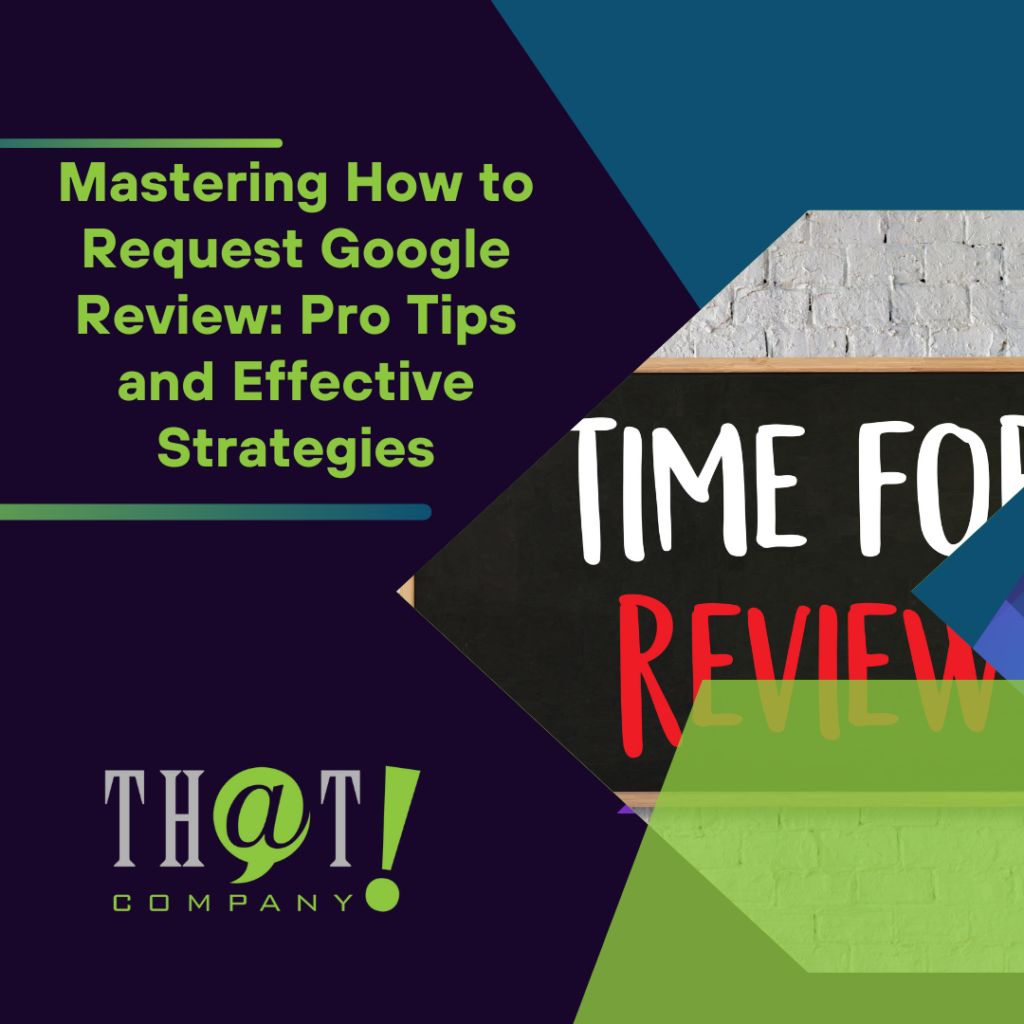

 Talk With Us
Talk With Us  Give Some Love
Give Some Love 


